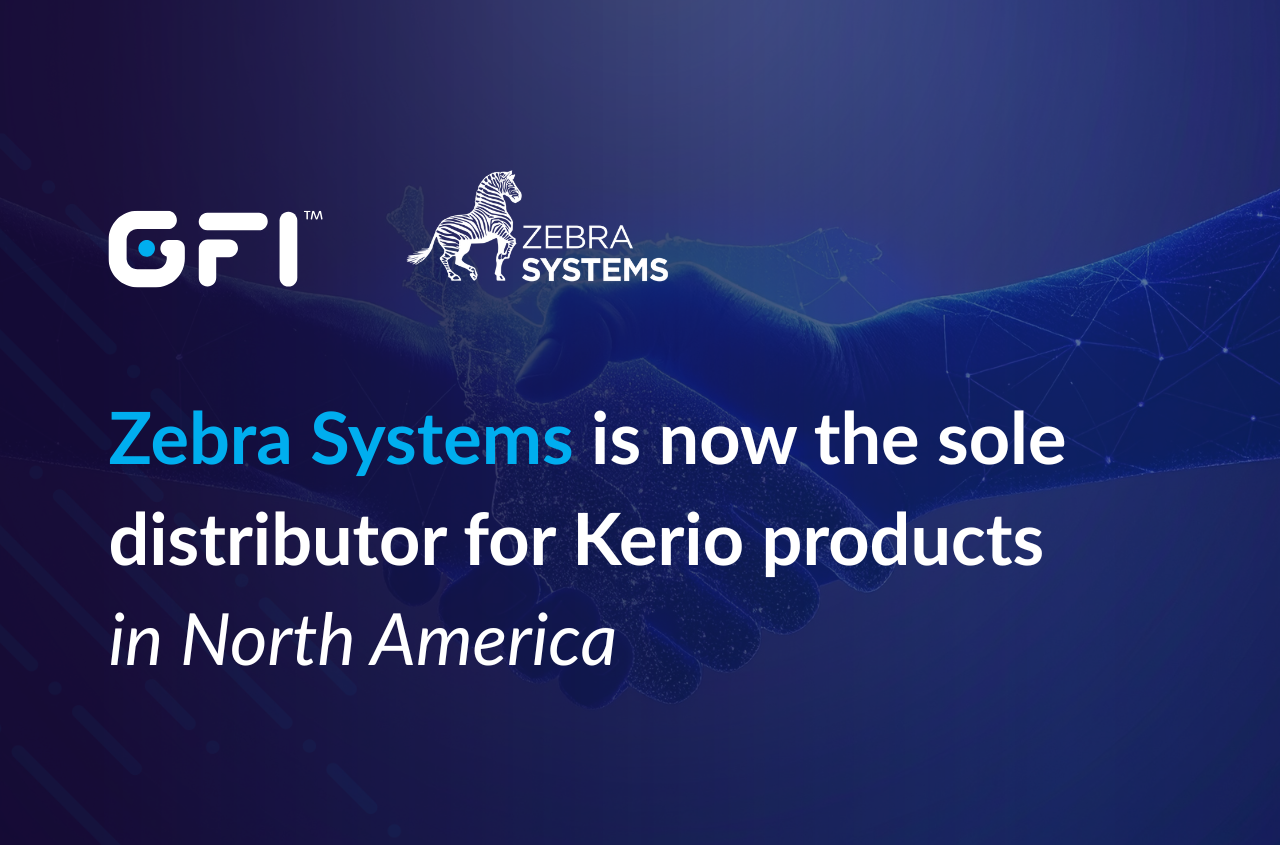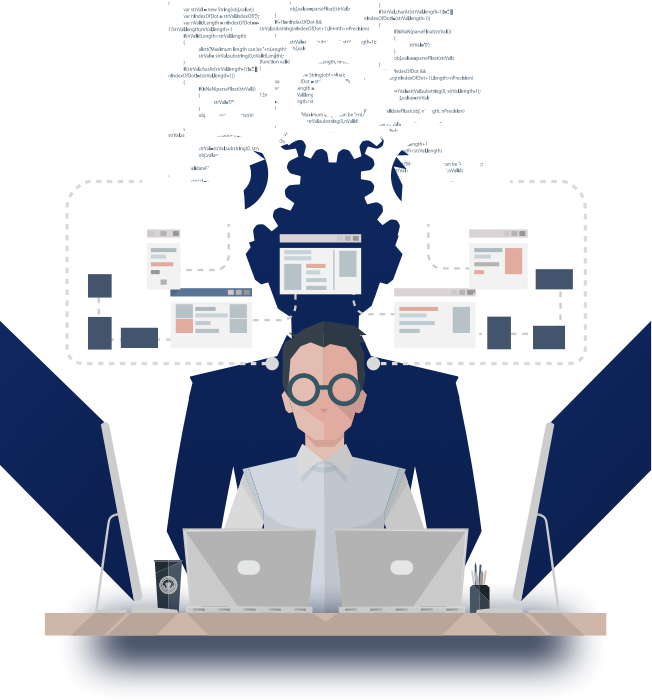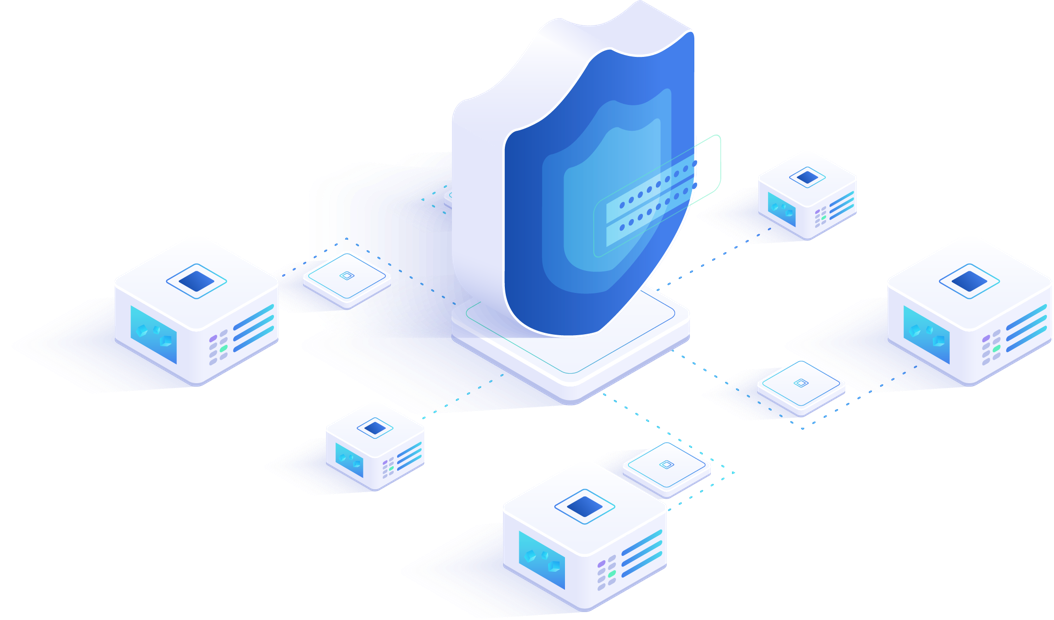What is patch management and how is it handled in Linux?

Patch management consists of scanning computers, mobile devices or other machines on a network for missing software updates, known as “patches” and fixing the problem by deploying those patches as soon as they become available. Patches are a type of code that is inserted (or patched) into the code of an existing software program.
The patch management process for Linux operating systems starts with scanning Linux endpoints and identifying any missing patches, then downloading patches from vendors’ sites and deploying them to client machines. Linux patches involve more than a simple application to the source code of a kernel. These patches include updates that ensure system security, error minimization and keeping abreast of the latest features.
Patch management in Linux has special challenges to consider. Because of the predominance of Windows OS, sometimes administrators fail to patch the Linux systems they have on their network. However, Linux’s open-source codebase can still invite bugs and vulnerabilities that must be patched to avoid hacking. Every new Linux version includes more than 10,000 patches. Further, every Linux distributed version handles patches differently. Solutions can be unwieldy, possibly conflict with one other, or may provide reduced control over patching.
Linux kernel patches are also generally treated differently from other patches – and are best separated from other software patching on Linux servers. A system restart may be required for kernel patching, unlike performing patches on other software running on the Linux server.
More organizations are migrating to cloud service providers like Amazon Web Services (AWS). While AWS data centers and architecture may be secure, the security of applications running on the AWS cloud is the responsibility of the organization. It’s still important to regularly scan for vulnerabilities and patches and monitor the current inventory of devices and servers.
Important points to understand about patch management in general include:
-
Patch management acquires, tests and installs multiple code changes to administered computer systems to keep them updated. The process also determines the appropriate patches for each software program and schedules the installation of the patches across different systems.
-
Patches are necessary to ensure that the systems are fixed, up to date and protected against security vulnerabilities and bugs that were present in the software. Failure to patch makes a network doubly vulnerable – not only is the vulnerability there, but it has now also been publicized, making it more likely to be exploited by malicious users, hackers and virus writers.
-
In patch management, an individual team or an automated software determines which tools need patches and then monitors when fixes need to be made. Many times, installation can be done to a central administrative computer and be reflected across all other devices. In some cases, patches have to be installed separately on different devices – especially if the patches are for software installed only on a few computers.
-
Patch management also involves determining which patches are essential and when they should be installed on a system.
Why is Linux patch management important?
Proper patch management can greatly improve an enterprise’s security by addressing the vulnerabilities in its software and operating systems. For instance, the FBI and the SANS Institute list software vulnerabilities for Linux systems among the top 20 most critical vulnerabilities.
Here are a few reasons why patch management is a critical expenditure in almost any IT budget:
-
Security
Security is the most critical benefit of patch management. Network security breaches are most commonly caused by missing patches in operating systems and other applications. While Linux security generally isn’t easy to breach, it is still vulnerable to malware – including those from installed applications with root access. It’s best to monitor the need for security alerts and apply Linux security patches to update servers – as well as plugging possible security holes left by out-of-date software or badly written applications. -
BYOD
The emergence of “bring your own device,” or BYOD, has opened up a whole new avenue of opportunities for cyberattackers. A good patch management software installs patches across all devices, regardless of their physical location. In the process, it addresses many of the challenges that come with using personal devices. -
Productivity
Computer crashes due to defective software can still happen and this eventually leads to lower productivity levels. A patch, on the other hand, reduces the possibility of crashes and downtime, thereby allowing workers to do their tasks without interruptions. For instance, patches that repair Linux system crashes or performance patches that fix low-performing locking mechanisms are important non-security patches because of their impact on employee productivity. -
Compliance
Cyberthreats have become commonplace and this is why regulatory bodies are mandating that businesses apply the latest patches to avoid these threats. Noncompliance can lead to stiff penalties, so having Linux systems fully patched is necessary to comply with these standards. -
Feature updates
Patches are not always about fixing bugs. They can also include new features and functionality that can tap into the latest innovations of the software. But maintaining Linux servers through patching may create dependency issues. If a Linux patching mistake is made, software dependency conflicts can arise that prevent other software updates, such as business applications. -
Perspective about the business environment
Patch management can provide an overview of your current business environment. Many times, vendors stop sending patches for their software because they are working on the next version, or the company has gone out of business and is not producing bug fixes. It’s wise to stop using software that no longer has technical support. Patch management helps to identify such software, so you know when to change to new software.
Linux patch management strategies
Compared to Microsoft Windows OS, patching Linux servers can be more complex. The nature of open source software makes Linux software development less regimented, so updates can be more unpredictable. It’s also critical to know when support is going to end for a major version of a Linux operating system. This is especially imperative for corporations or environments using corporate distributions such as Red Hat.
Installing the latest updates is not the most effective process of patch management. In fact, every tool should follow a detailed set of steps to ensure that the end result is economical, efficient and effective.
Here are some keys steps to developing an up-to-date inventory of the existing devices:
-
Create a patch management policy.
-
Monitor and scan the network and devices on a regular basis to identify vulnerabilities and missing patches.
-
Validate the successful deployment of the downloaded patches in a testing environment and check for any incompatibilities or performance issues.
-
Apply the patch across the entire organization, if no issues were uncovered during the testing phase.
-
Create detailed documentation and reports about patch download, testing and installation for auditing and compliance.
Though these steps may vary, the larger point is the updates should not be installed as they become available. Instead, they should go through a process laid down by the organization. Such a process-oriented approach will also make it easy to follow some of the best practices of patch management.
Linux patch management best practices
Here are some best practices for Linux patch management to help an organization enhance its security and to stay updated on all the latest additions made to any software:
-
Communicate the benefits of patch management
Patch management is an essential part of the software world and it is important for the management as well as the admin team to understand its benefits for the organization as a whole. -
Set procedural standards for patching
The standards should be published and given to all the system administrators. -
Subscribe to your Linux distribution’s security mailing list
For core software, it’s important to have immediate notice of needed security patches. -
Keep an inventory
Have a list of Linux server software versions, releases and patch levels in production software. This allows for automatic matching of incoming patches against the software inventory. -
Automate where possible
Free up IT staff time by implementing one of the automated patch management tools that is compatible with Linux servers. Automation decreases the time from receiving the patch to testing and deployment. -
Read the documentation before you apply patches
Review readme information as well as prerequisites, issues, functionality changes and other possible workarounds. Sometimes patches can actually harm your system. -
Prioritize Linux server patches
Determine which Linux server patches are critical and which patches can be deployed later. -
Thoroughly test before deployment
Ideally, test patches in a simulated Linux production environment. At minimum, deploy patches in a few controlled production machines where you can quickly roll back if issues arise. When deploying patches without properly testing them out, you risk that one of the patches might conflict and cause issues on the organization’s infrastructure. -
Keep everyone in the loop
Alert end users and administrators about Linux server patch deployments. Let them know what steps they should take if there are reporting problems. -
Work with your managed service providers
Many managed service providers offer patch management services to suit the needs of different businesses. If you’re pressed for time or resources, consider this option so you can focus on your core business. -
Establish a disaster recovery plan
Backups are the easiest option and they can also be used to mitigate other risks such as a virus infection or intrusion.
Automated Linux patch management software tools
Over the last few years, automated patch management tools have emerged to take this pressure off administrators and to improve the overall efficiency of downloading and installing patches across different devices.
These network monitoring solutions can help deploy Linux server patches more quickly and in an organized manner. Think about using automated patch management tools when the number of your Linux servers exceeds 40 or 50. At that number, IT may be stretched so thin with manual patching that they can only get to patches with urgent and high priorities.
But how do you choose the right patch management software to monitor your network, given the large number of patch management tools available today? Here are some capabilities that should be present in any good automated patch management software:
-
Works across different platforms and operating systems – including Microsoft®, MAC OS X® and Linux® operating systems, Amazon Web Services (AWS), other cloud platforms, as well as third-party applications
-
Scans the entire network to identify missing patches across different software
-
Downloads patches directly from vendors’ sites
-
Includes efficient patch testing and deployment
-
Monitors and provides detailed reporting to give administrators a complete idea of missing, downloaded, tested and installed patches
-
Installs easily across all devices such as desktops, laptops and servers
-
Integrated with automated patch management to help you save time
-
Generates reports on the status of each update and relevant statistics about patch installs and updates for auditing purposes
Organizations with large networks can use an automated patch management tool such as GFI LanGuard to centralize monitoring and reporting with remote access capabilities. GFI LanGuard provides a web-based console that is accessible via secure protocols from any location or device, using all major browsers.
Blogs

The best patch management strategy for 2019
Learn six steps that can help you deploy an effective patch management strategy.

Exploring automated patch management solutions
Find out how automated patch management solutions go hand in hand with your vulnerability management program.
Patch management tool comparison: What are the best products?
Read this product comparison to see which tool is best for your company from TechTarget.
GFI LanGuard for patch management
Discover why thousands of IT admins worldwide use GFI LanGuard to scan networks for vulnerabilities, automate patching and achieve compliance.
GFI LanGuard free trial
Download a 30-day trial of GFI LanGuard that includes Patch Management for Windows®, Mac OS® and Linux®.
Related Posts

Jul 16, 2025
GFI Software Elevates Kerio Channel Strategy, Appointing Zebra Systems as New Authorized Distributor for North America
GFI Software, a global leader in AI-powered security and communications solutions for small and medium-sized businesses (SMBs), today announced a bold realignment to level up its Kerio channel strategy for North America. Effective October 12 2025, Zebra Systems LLC (Zebra Systems) will become the new authorized distributor for GFI’s acclaimed Kerio product family, including GFI KerioControl, GFI KerioConnect and the integrated GFI AppManager solutions, across the United States and Canada.

Jun 5, 2025
Celebrating Partnership Excellence: Announcing the 2025 GFI Partner Awards Winners
GFI Software proudly announces the winners of its prestigious 2025 Partner Awards, recognizing the outstanding achievements of our global channel partners. These awards celebrate the partners who have consistently set the standard for business growth, built strong customer relationships, and provided invaluable feedback that drives our product and service improvements.

Oct 28, 2019
Security Compliance and Patch Management
Discover why many government agencies and industry associations have mandated patch management compliance - and how you can respond

Aug 14, 2019
Windows Patch Management Best Practices
Improve security by systematically addressing vulnerabilities in your Microsoft software and operating systems

Aug 14, 2019
Patch Management Audit Checklist by GFI Software
Perform regular and systematic patch management audits to evaluate the success of an organization’s patch management program

Aug 14, 2019
What is patch management?
Find out what patch management actually is and why it's important for your data security.